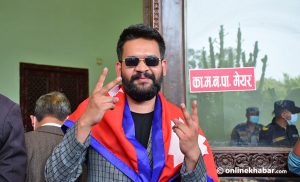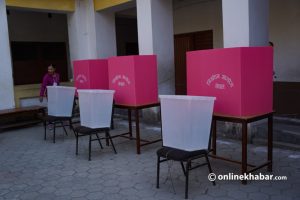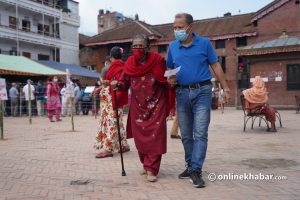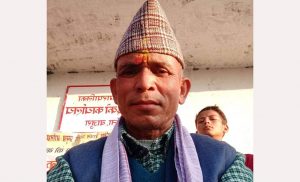
It is the eve of the parliamentary elections in Nepal, and you must be preparing to cast your ballots tomorrow.
In the meantime, you must be remembering the previous elections held just six months ago and some of you might be wondering why another round of elections is taking place again. If you are thinking so, you must read this piece–for here we are replacing the key differences between the local elections held then and the parliamentary elections being held now.
1. What are you voting for?
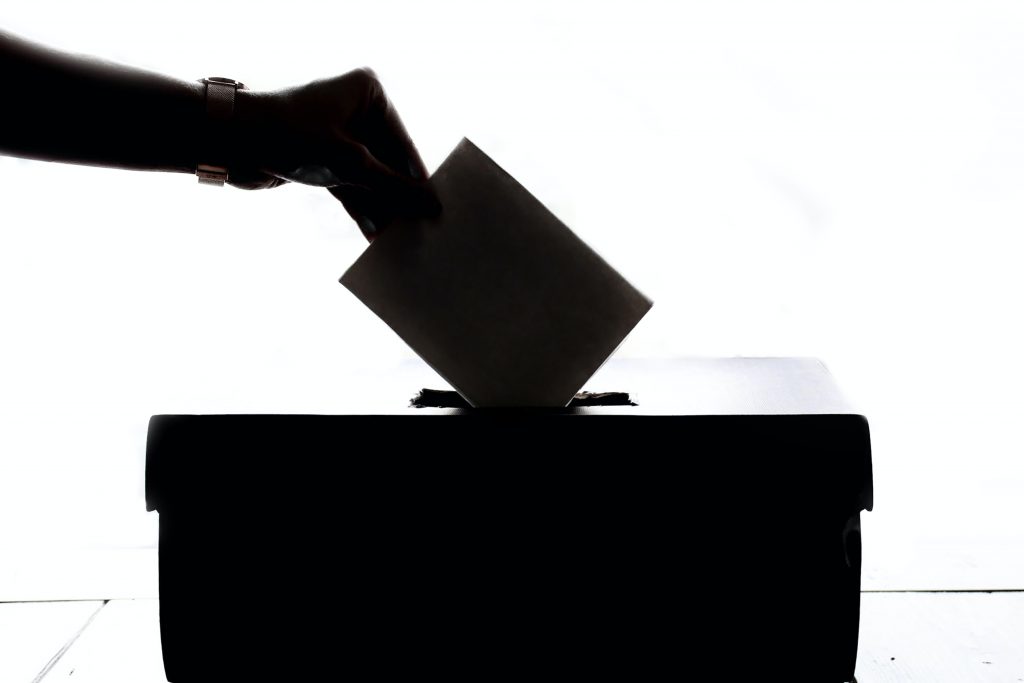
The constitution of Nepal, 2015, introduced federalism in Nepal. With that, it has envisioned and implemented three tiers of government, with their own executive, legislative and judicial components. Executive and legislative bodies change every five years at all levels in normal circumstances. For that, under a democratic system, the people of the country cast their votes for the political parties and leaders.
In the local elections held on May 13, 2022, you voted for the candidates that would represent you in the local governments such as metropolitan cities, (rural) municipalities and wards. However, on November 20, Nepal is hosting parliamentary elections, also known as general elections, and you are voting for the candidates that would best represent you in the (federal) House of Representatives and provincial assemblies.
In fact, the parliamentary elections to be held tomorrow have two different elections: the first for the House of Representatives, the lower house of the bicameral federal parliament, and the second for the Provincial Assembly, the unicameral provincial legislature. That is why people also refer to this round of elections as federal and provincial elections, House (of Representatives) elections or provincial assembly elections.
In the local elections held in May, you have already elected the local executive and legislative at the same time whereas the deputy mayor/vice-chairperson of the local government is authorised to lead the judicial component. Similarly, at federal and provincial levels now, parliamentary elections will take place to elect legislative bodies, and the legislative bodies later elect the executives.
2. How many votes are you casting?
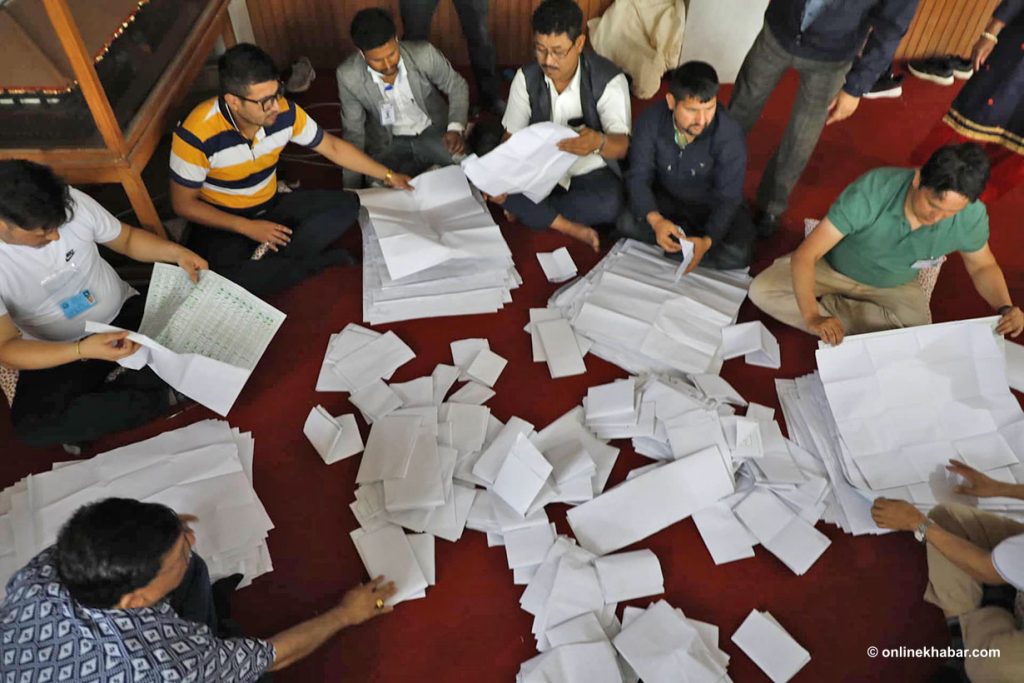
Earlier this year, you went into the voting centres and you were given one large ballot paper. You then cast your votes on seven columns of that one ballot paper which determined the winners in seven categories including the mayors, deputy mayors, your ward chair and other ward members.
But, this time, you will be given four ballot papers, two each for the House of Representatives and the Provincial Assembly respectively. On each of the ballot papers, you will have to cast just one vote, meaning, you will cast four votes in total but on different ballot papers.
Also, you will be given the ballot papers, one after another. This means when you are done with one ballot paper, and drop it into the ballot box, you will be given another ballot paper by the representatives present there.
Learn how to cast your ballots in the parliamentary elections this time here, and how to not make them invalid here.
3. What are the jobs of the elected officials?
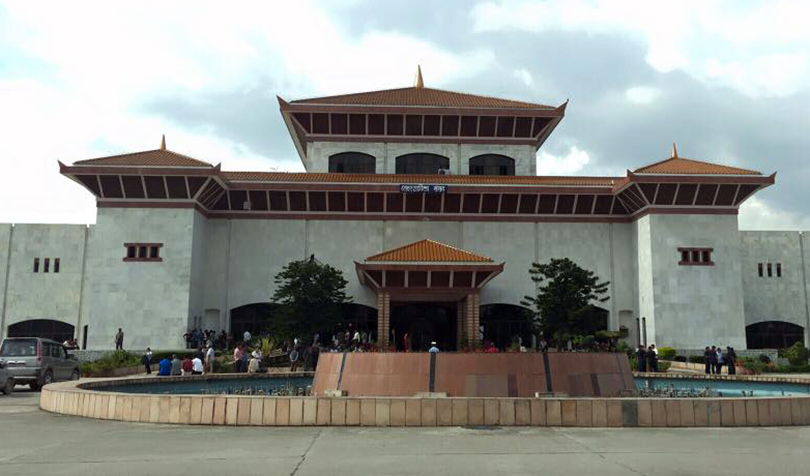
There lies the biggest difference between parliamentary elections and local ones.
The role of a lawmaker or a member of the parliament (House of Representatives or lower house) is to make policies and laws to govern the country. Likewise, the role of the provincial assembly members (also called provincial lawmakers) is to make provincial laws, rules and strategies for the provinces.
The constitution clearly states the role of both federal and provincial lawmakers is to draft bills, policies and long-term plans. They are also tasked with discussing bills and making them comprehensive before they are passed, bringing new bills themselves and raising issues plaguing the country.
Another role of the lawmaker is to draft the country’s (and the province’s) budget including that for physical infrastructure development and discuss, and dissect the intricate aspects of the sector and formulate new plans and policies that benefit the citizens and the country alike.
But, the elected officials at the local level (the winners of local elections) are more focused on local development including infrastructural development. Although they also need to make rules to govern the local units, core development activities remain at the centre of their jobs.
Hence, you should understand that although candidates for the parliamentary elections have promised you physical development in your constituency, implementing them is not their job. In fact, they have bigger issues to handle. Instead, you can expect those things from your local officials.




